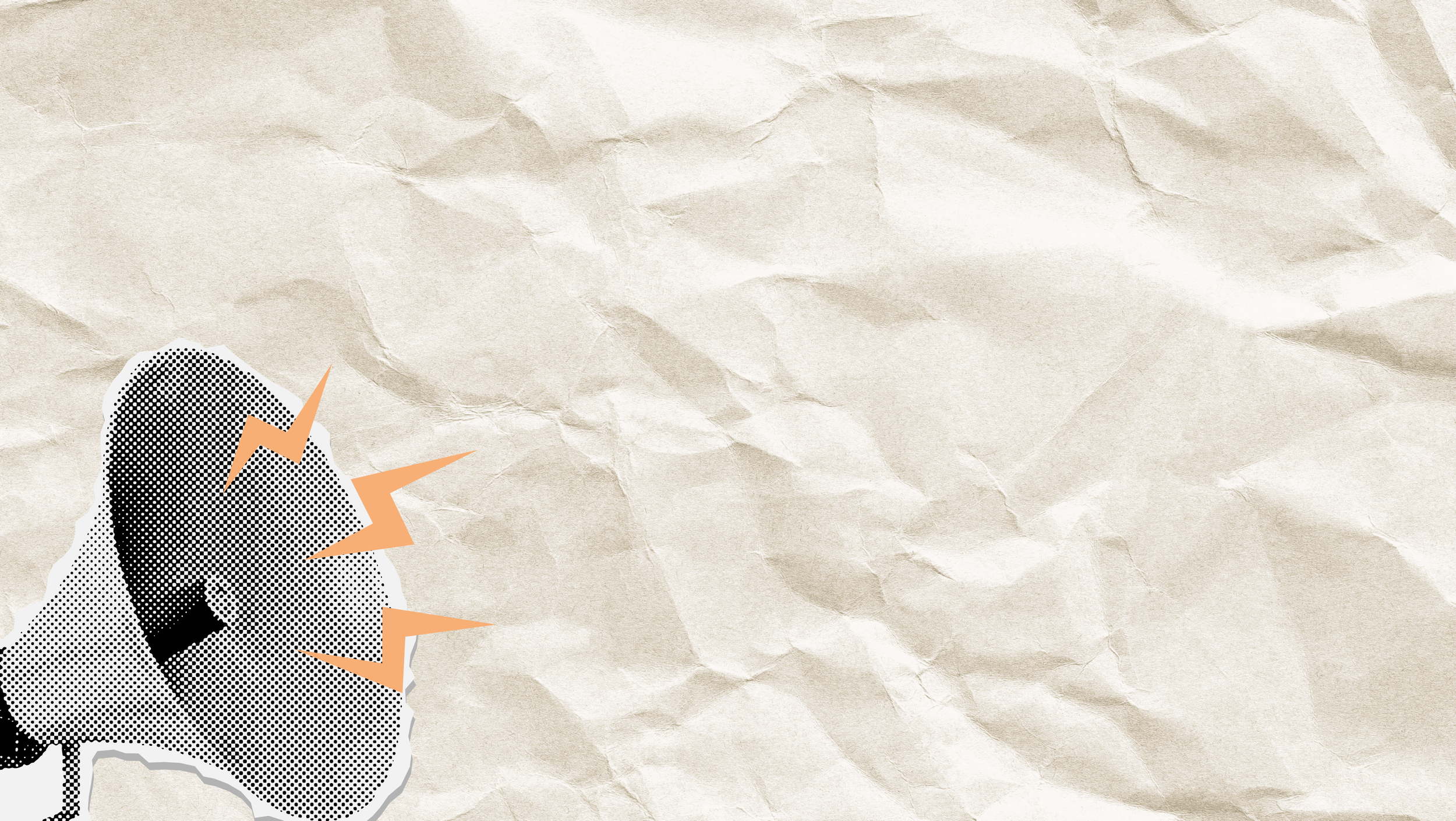
Sold as child protection, built for control.
Every login tied to ID or biometrics.
Those who don’t comply are silenced.
Australians know the difference between safety and theatre.
It’s time to stand up.
The Government tells us this law is about “keeping kids safe online.” That sounds noble. But Australians know the difference between real protection and political theatre. The truth is, the U16 Social Media Ban doesn’t just apply to children.
To enforce it, platforms will need age assurance for every single Australian. That means ID checks, biometric scans or data-matching for anyone who wants to log in. Overnight, a law pitched as “child safety” becomes the launchpad for a national Digital ID system.
ID checks and biometrics for every Australian – proof of age means handing over sensitive data at every step.
Censorship by design – refuse to comply and you’re locked out, cut off from information, communities and conversations.
Facilitated access to your data from day one – government, corporations and third parties gain new visibility into private lives.
Families and communities sidelined – decisions once made at the kitchen table are now dictated by Canberra.
This law also undermines something uniquely Australian: a culture of common sense, where families and communities work things out without heavy-handed interference. For generations, we’ve relied on parents, grandparents and local communities to guide kids with resilience and responsibility. That system isn’t perfect, but it’s ours. And it works better than blanket bans and mass surveillance.
Australia was built on trust in families, choice and the fair go. This law chips away at all three.
What’s really going on?
Why it Matters
Laws like this don’t stop at one generation. They set the rules of the road for decades.
Today it’s about locking out kids. Tomorrow it could be adults, with every login tied to a centralised Digital ID system. Once that becomes normal, the government and corporations won’t just know what you do online — they’ll decide what you’re allowed to access.
This isn’t just a tech issue. It strikes at the heart of how Australians live:
Our right to choose how we raise our kids.
Our ability to connect and speak freely.
Our expectation of privacy in everyday life.
When the State takes these choices out of our hands, the fair go disappears. And once powers like this are granted, they’re rarely rolled back.
Stories that cut through
We’ve unpacked the U16 Ban in detail. These short reads break down what’s really happening and why it matters to every Australian.
Add Your Name to the People’s Letter
This law was rushed through before Australians had a say. The government ignored its own trial results and pushed ahead with a plan that puts kids’ data, privacy, and rights at risk.
By signing this letter, you’re standing for common sense, and for the right of families to decide what’s best for their children, not the state.
Our case to Parliament
We’ve taken a stand where it counts — in front of the Senate. Our submission lays out exactly why the U16 Social Media Ban is flawed and what should be done instead.
Key Concerns We Raised:
Exclusionary policy risks – banning platforms won’t stop harm, it just pushes kids into unregulated spaces.
Unresolved trial findings – the Government’s own Age Assurance Technology Trial flagged serious issues with privacy, accuracy and accessibility. Those problems remain unanswered.
Parents stripped of choice – families deserve tools and education, not heavy-handed restrictions that sideline them.
This submission is only one piece of the puzzle. To make Parliament listen, they need to hear from thousands of Australians — including you.

How Can You Stand Up?
-
Use our template to put your voice on the record. Every submission counts. The more Australians speak up, the harder it is for Parliament to ignore.
-
Talk to your mates, post on social media, and help us get the truth out. The government is counting on most people not paying attention.
-
Join our mailing list for campaign updates and next steps. Be part of a growing movement that says “enough” to overreach.
-
Your backing helps us create resources, run events, and make sure Australians have the facts. Together we can push back.
FAQs
The eSafety Commissioner says this law is about “keeping kids safe online.” Isn’t that a good thing?
No one argues with safety, but this law doesn’t achieve it. It bans kids from mainstream platforms, pushing them into riskier, hidden spaces where parents have even less oversight. Safety comes from education and parental guidance, not blanket bans.
The legislation promises “simple age checks.” Why is that a problem?
It all begins with an idea. Maybe you want to launch a business. Maybe you want to turn a hobby into something more. Or maybe you have a creative project to share with the world. Whatever it is, the way you tell your story online can make all the difference.
eSafety Commissioner says the checks will only apply to children. Doesn’t that protect adults?
Once the infrastructure exists, it doesn’t stay limited. Adults will also be forced to prove they’re not children. Overnight, a “kids’ law” becomes the launchpad for a national Digital ID system.
The Government points to its Age Assurance Technology Trial as evidence. Didn’t that prove the system works?
It proved the opposite. The trial flagged major issues with privacy, accuracy, accessibility and accountability. None of those problems have been fixed, yet the law is being pushed through anyway.
The law will be overseen by the eSafety Commissioner. Doesn’t that ensure accountability?
The Commissioner already holds extraordinary powers with little scrutiny. This law hands them even greater authority, without the checks and balances Australians expect in a democracy.
|
What’s the better way to keep kids safe online?
Support families instead of sidelining them. Invest in digital literacy programs, provide parents with tools to guide their kids, and strengthen community awareness. Real safety comes from resilience and responsibility, not surveillance and coercion.




